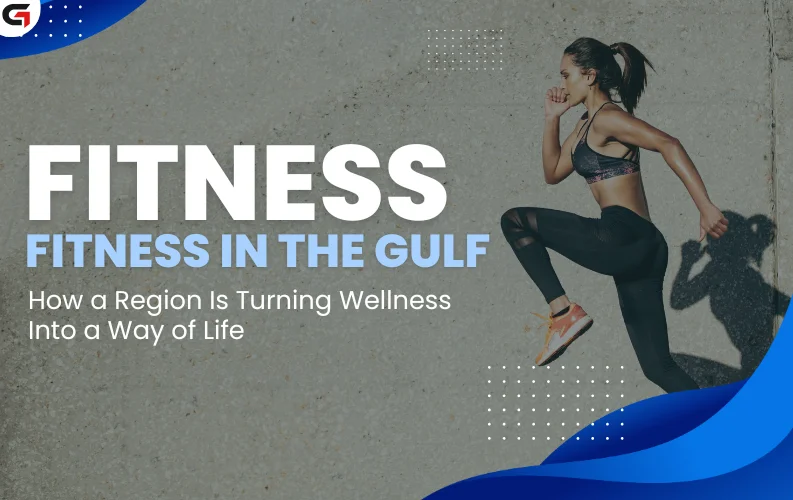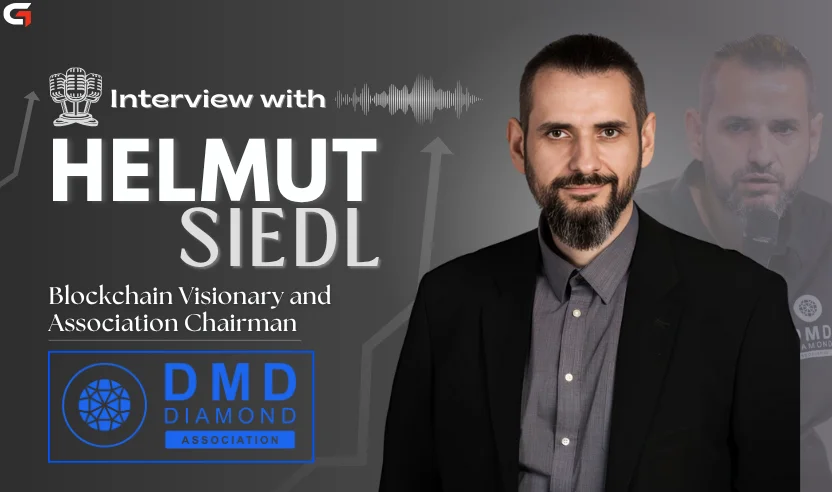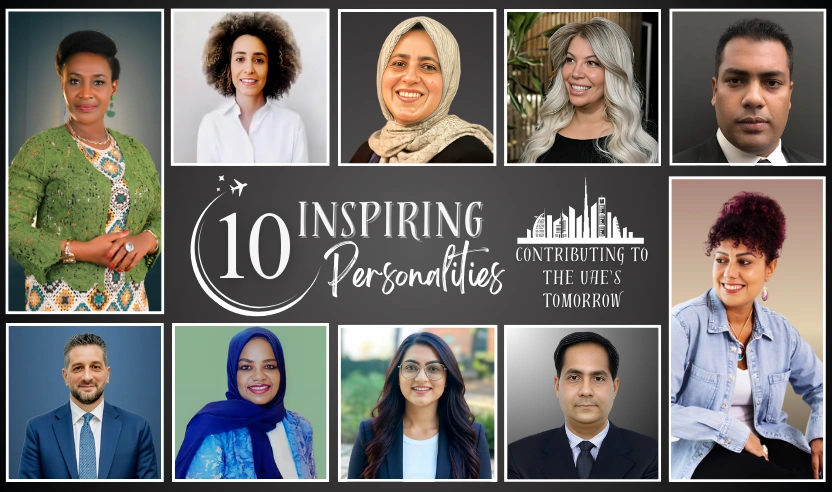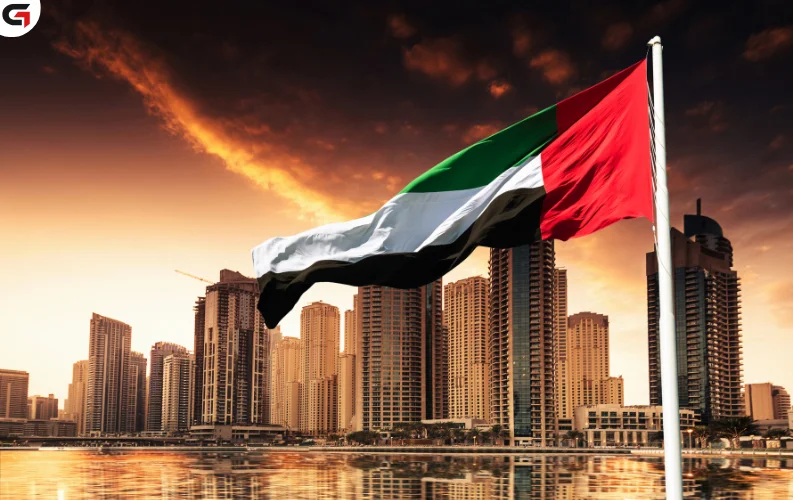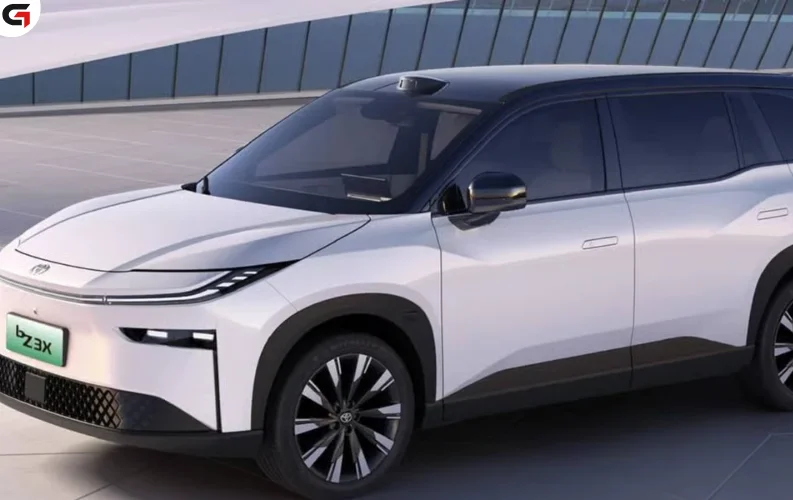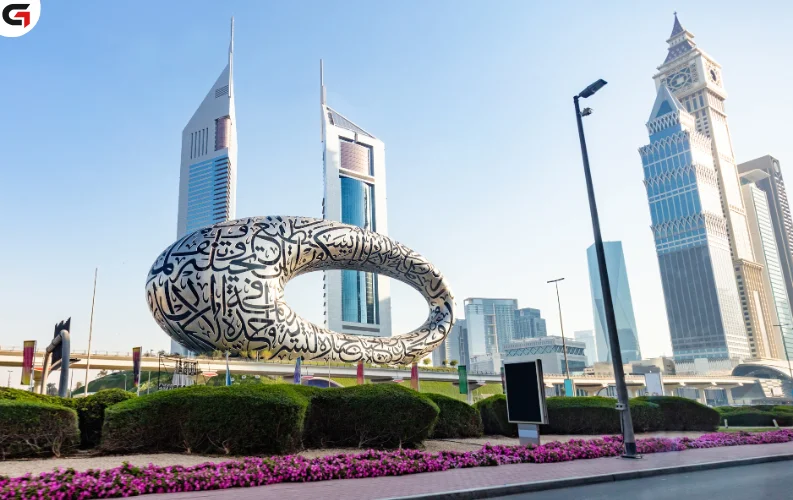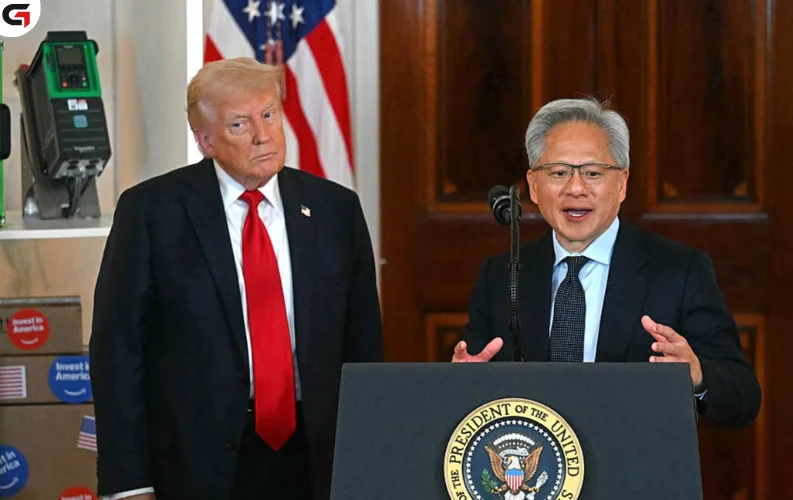Across the Gulf region, a quiet but powerful transformation is reshaping how people live, move, and think about their bodies. In cities once defined by air-conditioned malls and car-based living, a health-conscious movement is gaining momentum. From morning yoga in Dubai parks to wellness retreats in Oman and 30-day fitness challenges in Riyadh, the GCC countries are embracing a new lifestyle—one built on movement, mindfulness, and self-care.
What was once considered a niche interest for athletes or expats is now part of the regional mainstream. With support from governments, influencers, medical experts, and everyday citizens, fitness is evolving into a cultural norm, not just a personal goal.
This article explores how the Gulf is transforming into a wellness-forward region—highlighting the drivers, trends, challenges, and future direction of this health renaissance.
A Cultural Shift: From Sedentary to Active
Historically, fitness in the Gulf was not always a priority. High temperatures, limited public spaces, conservative social norms, and reliance on cars all contributed to sedentary lifestyles. But over the last decade, attitudes have changed rapidly.
Key Cultural Drivers of the Fitness Shift:
-
Younger generations seeking lifestyle balance and body confidence
-
Increased awareness of chronic diseases such as obesity and diabetes
-
Female empowerment through fitness in traditionally male-dominated spaces
-
Wider acceptance of diverse fitness forms—from CrossFit to Zumba to Pilates
-
Influencer and celebrity role models sharing wellness journeys on social media
This evolving mindset has redefined fitness from a luxury into an essential part of daily life.
Government Initiatives: Wellness as Public Policy
The rise of fitness in the Gulf is not accidental—it is actively supported by national strategies that link physical health to broader goals like productivity, national pride, and economic growth.
Country-Specific Wellness Programs:
-
United Arab Emirates:
The annual Dubai Fitness Challenge invites all residents to commit to 30 minutes of activity for 30 days, transforming the city into an open-air gym with free classes and group workouts. Abu Dhabi’s Active Parks Program makes fitness accessible to all age groups in public spaces. -
Saudi Arabia:
Under Vision 2030, the Kingdom is investing in public gyms, women’s fitness centers, and national campaigns promoting physical activity. Female participation in sports has risen sharply, with initiatives like Quality of Life Program supporting wellness infrastructure. -
Qatar:
The National Health Strategy includes a focus on physical activity, supported by events like National Sports Day and infrastructure like Aspire Park and Olympic training facilities. -
Kuwait & Bahrain:
Launching city-wide fitness campaigns and government-funded wellness centers, these nations are encouraging fitness from school to workplace.
These programs are helping to embed fitness into the national identity, shifting it from a private habit to a collective movement.
Women Leading the Wellness Revolution
One of the most inspiring changes in the Gulf fitness scene is the increased visibility and participation of women. Once limited by cultural norms and facility access, women are now reclaiming space in gyms, sports clubs, and wellness communities.
Milestones:
-
Ladies-only gyms have flourished, offering private and inclusive environments.
-
Women fitness entrepreneurs are opening studios, launching fitness apps, and becoming certified coaches.
-
Female influencers such as Saudi trainers, Emirati yogis, and Bahraini runners are inspiring thousands on social media.
-
Girls’ participation in school sports has increased, especially after government endorsement in Saudi Arabia.
This growing involvement is not just a health story—it’s a social revolution that combines physical empowerment with gender progress.
Fitness Formats That Fit the Gulf Lifestyle
The Gulf region’s fitness culture is diverse, blending global trends with regional tastes and needs. From high-end boutique studios to budget-friendly outdoor workouts, residents are finding formats that work for them.
Popular Fitness Trends in 2025:
-
Group Training: Bootcamps, CrossFit, and HIIT classes are popular in cities like Dubai, Doha, and Jeddah.
-
Home Workouts: Influencers and apps like Fitlov, Fiit Arabia, and Sweat with Haya cater to those preferring private training.
-
Yoga and Pilates: Mind-body practices have seen a surge among women and wellness-minded professionals.
-
Cycling and Running Clubs: Outdoor endurance sports have grown, supported by government-built tracks and cooler evening temperatures.
-
Digital Wellness Apps: Nutrition, step counting, mindfulness, and virtual coaching apps are widely used—many developed or localized for Arabic speakers.
The key is accessibility—fitness in the Gulf is no longer elite or expensive. It is increasingly community-driven, gender-inclusive, and customizable.
Fitness Meets Tech: The Rise of Digital Wellness
With high smartphone penetration and digital literacy, Gulf residents are turning to fitness tech and apps to guide their wellness journeys.
Notable Digital Trends:
-
Wearables: Smartwatches and fitness trackers are common, especially among young professionals.
-
Fitness Subscriptions: Platforms offering virtual classes, fitness challenges, and progress tracking.
-
Tele-coaching: Online sessions with personal trainers or physiotherapists, useful during hot summer months.
-
Social Wellness Challenges: Influencer-led programs encouraging users to post daily steps, workouts, or transformations.
The fusion of technology and wellness is helping people in the Gulf overcome physical limitations like heat or gym access, making fitness a year-round, on-demand lifestyle.
Corporate Wellness and the Role of Employers
Workplace wellness is gaining ground as employers realize the link between physical health and productivity. Gulf-based companies—especially in finance, education, and government—are now integrating wellness into HR policies.
Key Programs Include:
-
On-site fitness centers or subsidized gym memberships
-
Healthy canteen options and hydration stations
-
Group fitness events like step challenges and office yoga
-
Mental health awareness and stress management training
These initiatives not only reduce absenteeism but build morale and foster community in often high-pressure environments.
Challenges That Still Exist
Despite the momentum, several challenges continue to limit the full potential of a fitness-forward Gulf.
Ongoing Issues:
-
Extreme Heat: For much of the year, outdoor workouts are difficult without shaded or cooled infrastructure.
-
Access in Rural Areas: Fitness centers and health clubs remain concentrated in urban areas, leaving smaller communities underserved.
-
Cost Barriers: While growing, affordable options are still limited in some cities.
-
Cultural Resistance: Some conservative pockets still resist women’s participation in mixed-gender or public fitness settings.
Addressing these challenges requires inclusive planning, localized education, and infrastructure investment that reaches all segments of society.
The Road Ahead: Where Gulf Fitness Is Headed
The future of fitness in the Gulf is promising. As healthcare systems continue to shift from reactive to preventive care, wellness will play a bigger role in public policy, education, and urban development.
What to Expect in the Coming Years:
-
More fitness-friendly urban planning: with shaded walking paths, cycling infrastructure, and community parks.
-
Increased wellness tourism: as Gulf resorts offer retreats, detox packages, and wellness experiences.
-
Integrated wellness education in schools: focusing on nutrition, movement, and mental resilience from an early age.
-
Growth in holistic health: including sleep coaching, mental health integration, and workplace wellness certification.
Ultimately, the Gulf’s fitness movement is not just about physical appearance or gym culture. It’s about building a healthier, longer-living, and more emotionally resilient society.
Conclusion: A Region Moving Forward—One Step, One Stretch, One Sprint at a Time
Fitness in the Gulf is no longer an afterthought. It is a dynamic part of the region’s identity—supported by governments, embraced by communities, and celebrated by individuals seeking better health and balance. From gym floors to desert running tracks, from yoga mats to smartwatches, the Gulf is proving that wellness is not a trend—it’s a transformation.
As new generations lead the way and old norms give way to progress, the Gulf’s commitment to fitness offers a powerful message: A healthy body fuels a healthy nation. And wellness begins with movement.
You may also like:-



